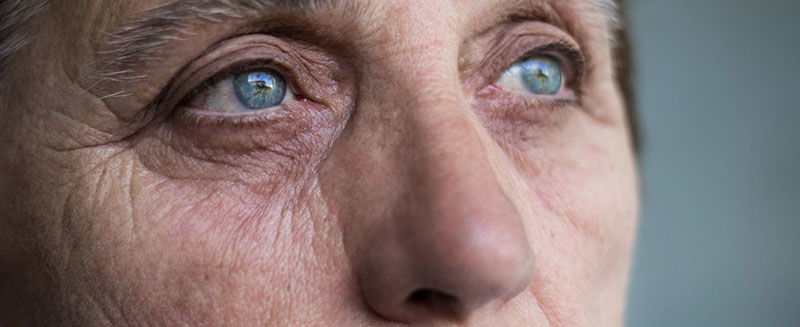Currently, the only way to confirm an Alzheimer’s diagnosis is by examining brain tissues after death. Even though there are multiple assessments to rule out other dementia or other illnesses, such as brain imaging, blood tests, neurological exams, cognitive tests ( thinking, memorizing, speaking, etc.), and physical check-ups, none of these actually confirm that someone may have Alzheimer’s.
Over 6 million Americans of all ages are currently living with Alzheimer’s. This disease is more than just dementia, because even though memory loss and cognitive impairment are innate to the disease, dementia is only one symptom of Alzheimer’s. Alzheimer’s is unique in that it’s a neurodegenerative disease that progressively kills brain cells and tissues, especially those involved in learning first. It progressively kills cells necessary for thinking, speaking, walking, and swallowing. Treatment exists to manage symptoms, but there currently isn’t a cure or a definitive way to diagnose it.
Through the Eyes
Although the eyes are sensory organs that allow humans to take in light and experience the world around them through vision, they are actually so much more. They’re not only a “window into a soul,” but also a window into both retinal and brain health. Novel research demonstrates the possibility of diagnosing Alzheimer’s earlier by examining a person’s eyes.
A recent study that spanned over 14 years inspected retinal and brain tissues from 86 people with varying levels of mental decline. For people who had both early cognitive decline and Alzheimer’s, their tissues showed a heightened level of beta-amyloid plaques, which are a landmark biomarker for the disease.
For the subjects who had lowering cognitive abilities, there was a reduction in the amount of microglial cells, which provide immune support for the central nervous system and clean up beta-amyloid plaques from both the brain and the retina, by over 80%.
There was also evidence of inflammation markers, which may provide extra information about how the disease progresses. To indicate cognitive status, the evidence of inflammation, cell death, and tissue atrophy near the outer periphery of the retina were most predictive and accurate.
The study’s results are substantial in that they not only provide neurological/retinal evidence for signs of Alzheimer’s, but they also present a simpler and noninvasive technique to possibly provide early diagnosis and help with preventing disease progression and complication. The findings correlated for people who showed minimal to no symptoms of cognitive decline, so the eye tests may be beneficial to catching Alzheimer’s more easily. By simply looking through the eyes, a person’s Alzheimer’s diagnosis may actually be confirmed long before death.






